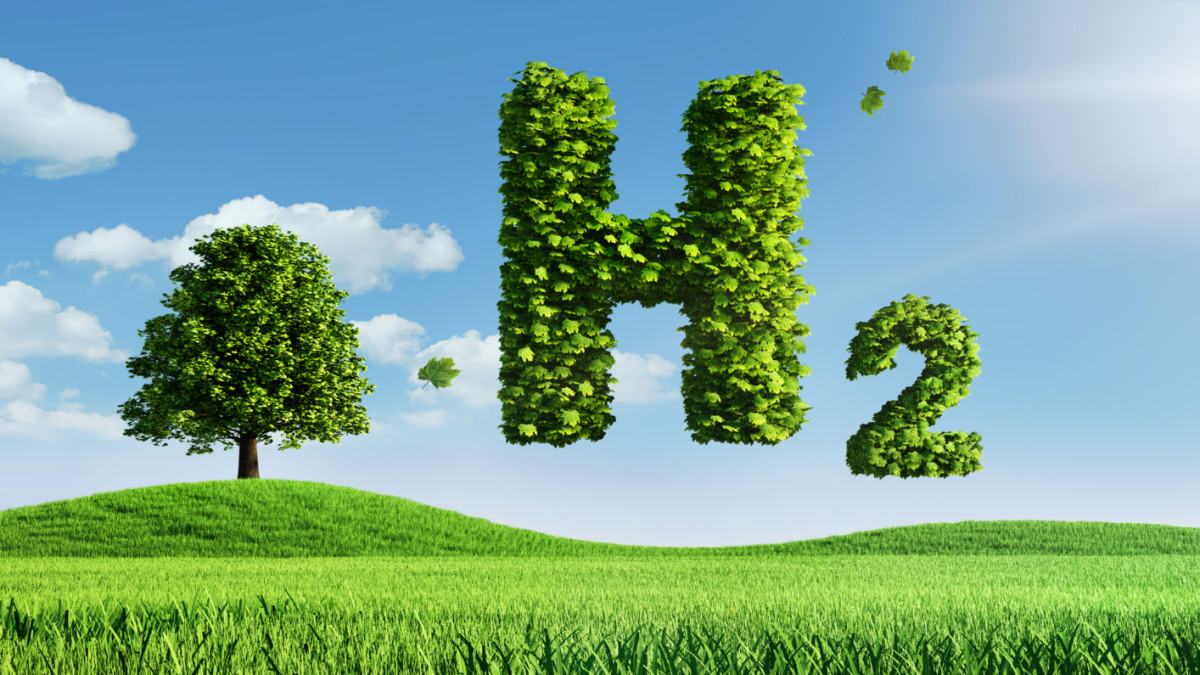Sweetman Renewables vying for pole position in green hydrogen revolution

Sweetman Renewables is positioning itself to become one of the largest true green hydrogen producers at the same time the Australian and state governments are ramping up their financial commitments to the sector. (Image: Getty)
Sweetman Renewables is positioning itself to become one of the largest true green hydrogen producers at the same time the Australian and state governments are ramping up their financial commitments to the sector.
The company, which is undertaking a $1.5m pre-IPO raising, is expanding to three divisions – hydrogen production, biomass supply and high-quality timber products – a move that will boost the company’s current revenue base tenfold.
Sweetman Hydrogen will convert waste biomass into green hydrogen for domestic use using a pyrolysis thermal recovery unit. The modular unit will produce both hydrogen and biochar – a stable, carbon-rich form of charcoal used to increase soil fertility – with each unit consuming 50 tonnes of biomass residues a day.
Not all hydrogen is created equal, and “green” hydrogen is the increasingly preferred end product as governments around the world look to eliminate carbon dioxide emissions.
Green hydrogen is produced from non-fossil fuel sources, as opposed to “blue” hydrogen, which does utilise fossil fuel sources in its production and relies on carbon capture and storage to help alleviate the environmental impact.
Over 99 per cent of the hydrogen produced today is made using fossil fuels.
Indicating the rapidly growing interest in hydrogen as a clean energy source, the NSW government just announced a $70m commitment to create new hydrogen hubs as part of a $750m investment in green technology.
This is in addition to other initiatives such as the creation of 13 regional hydrogen technology clusters and a $1.85m investment by the National Energy Resources Australia (NERA), the CSIRO’s National Hydrogen Roadmap, and the Australian government’s National Hydrogen Strategy.
NSW Energy Minister Matt Kean says green hydrogen has the potential to drive $350bn in investment across the country, and up to $26bn per year in additional GDP.
A 2020 research paper by Goldman Sachs estimates green hydrogen will supply up to 25 per cent of the world’s energy needs by 2050, which will make it a $US10 trillion ($12.9 trillion) market globally.
The Hunter region in particular is an attractive location for a hydrogen hub given its ready access to existing energy infrastructure, ports and future renewable energy resources.
Lucrative biomass supply deal
Sweetman Biomass won a lucrative long-term contract that will see it supply one of Australia’s largest renewable baseload power stations.
The company will supply waste wood biomass to Verdant Earth Technologies’ $550m 151MW green renewable energy power station in NSW.
“Sweetman Hydrogen will make a valuable input into the amelioration of adverse climate change impacts via producing true green hydrogen and the supply of waste wood biomass to Verdant Earth Technologies’ renewable baseload power station,” Sweetman Renewables chairman John Halkett said.
“This power station will be the third largest renewable baseload power station in Australia after the Snowy Hydro scheme and Hydro Tasmania.”
Halkett said collectively Sweetman Renewables, Sweetman Biomass and Sweetman Hydrogen would offer the Hunter Valley major economic development and employment opportunities, as the region transitioned its economy beyond a substantial reliance on thermal coal mining businesses.
This article was developed in collaboration with Sweetman Renewables, a Stockhead advertiser at the time of publishing.
This article does not constitute financial product advice. You should consider obtaining independent advice before making any financial decisions.
Related Topics

UNLOCK INSIGHTS
Discover the untold stories of emerging ASX stocks.
Daily news and expert analysis, it's free to subscribe.
By proceeding, you confirm you understand that we handle personal information in accordance with our Privacy Policy.








